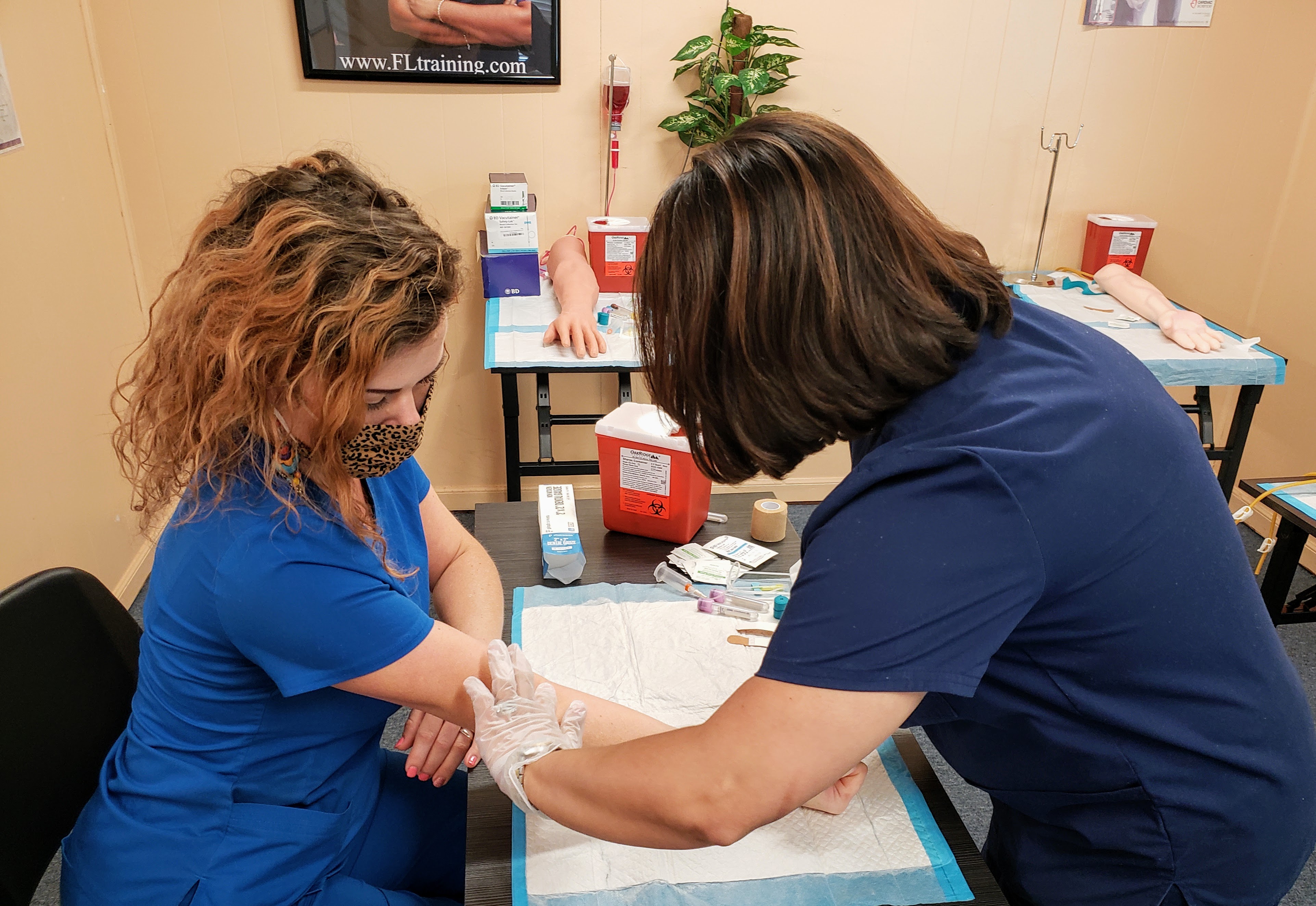The smart Trick of Northeast Medical Institute - New Haven Campus Phlebotomy Course & Cna Class That Nobody is Talking About
Wiki Article
Little Known Facts About Northeast Medical Institute - New Haven Campus Phlebotomy Course & Cna Class.
Table of ContentsGetting The Northeast Medical Institute - New Haven Campus Phlebotomy Course & Cna Class To WorkNortheast Medical Institute - New Haven Campus Phlebotomy Course & Cna Class for BeginnersWhat Does Northeast Medical Institute - New Haven Campus Phlebotomy Course & Cna Class Mean?Our Northeast Medical Institute - New Haven Campus Phlebotomy Course & Cna Class DiariesNortheast Medical Institute - New Haven Campus Phlebotomy Course & Cna Class Can Be Fun For AnyoneThe 10-Minute Rule for Northeast Medical Institute - New Haven Campus Phlebotomy Course & Cna Class
The usage of such gadgets ought to be accompanied by other infection prevention and control methods, and training in their use.For settings with low sources, expense is a driving consider procurement of safety-engineered devices - Phlebotomy Classes. Where safety-engineered tools are not readily available, skilled use of a needle and syringe is appropriate. Unintentional exposure and specific details about an event should be tape-recorded in a register. Support solutions need to be promoted for those who go through unintended exposure.
labelling); transport conditions; analysis of results for clinical administration. In an outpatient department or facility, provide a committed phlebotomy work area containing: a tidy surface area with 2 chairs (one for the phlebotomist and the various other for the individual); a hand clean container with soap, running water and paper towels; alcohol hand rub. In the blood-sampling space for an outpatient division or clinic, provide a comfy reclining couch with an arm rest.
Not known Facts About Northeast Medical Institute - New Haven Campus Phlebotomy Course & Cna Class
Make certain that the signs for blood sampling are plainly defined, either in a created procedure or in recorded instructions (e.g. in a lab kind). Whatsoever times, adhere to the strategies for infection avoidance and control listed in Table 2.2. Infection prevention and control practices. Accumulate all the equipment required for the treatment and area it within risk-free and easy reach on a tray or cart, guaranteeing that all the things are clearly visible.Present yourself to the person, and ask the individual to state their complete name. Check that the research laboratory form matches the patient's identification (i.e. match the client's information with the lab form, to guarantee exact identification).
Make the person comfy in a supine placement (when possible). Location a clean paper or towel under the person's arm. Talk about the examination to be done (see Annex F) and acquire verbal authorization. The individual has a right to decline a test any time before the blood sampling, so it is necessary to guarantee that the person has understood the treatment.
The 25-Second Trick For Northeast Medical Institute - New Haven Campus Phlebotomy Course & Cna Class
Expand the patient's arm and inspect the antecubital fossa or lower arm. Locate a capillary of a good size that is visible, straight and clear.DO NOT place the needle where veins are diverting, because this enhances the possibility of a haematoma. Locating the vein will assist in establishing the proper dimension of needle.
Haemolysis, contamination and existence of intravenous fluid and medication can all alter the outcomes (39. Nursing staff and doctors may access central venous lines for samplings adhering to procedures. Specimens from main lines bring a risk of contamination or incorrect research laboratory examination outcomes. It is acceptable, yet not ideal, to attract blood samplings when first introducing an in-dwelling venous tool, before attaching the cannula to the intravenous fluids.
Northeast Medical Institute - New Haven Campus Phlebotomy Course & Cna Class Things To Know Before You Buy
Failure to allow enough call time boosts the danger of contamination. DO NOT touch the cleaned site; in particular, DO NOT put a finger over the blood vessel to lead the shaft of the revealed needle.Ask the patient to create a fist so the veins are a lot more noticeable. Go into the blood vessel promptly at a 30 level angle or less, and continue to introduce the needle along the vein at the simplest angle of entrance - Phlebotomy Courses. When adequate blood has been gathered, launch the tourniquet prior to withdrawing the needle
The Main Principles Of Northeast Medical Institute - New Haven Campus Phlebotomy Course & Cna Class
Withdraw the needle delicately and Get the facts use gentle stress to the site with a tidy gauze or completely dry cotton-wool ball. Ask the patient to hold the gauze or cotton wool in area, with the arm extended and elevated. Ask the patient NOT to bend the arm, because doing so triggers a haematoma.
The smart Trick of Northeast Medical Institute - New Haven Campus Phlebotomy Course & Cna Class That Nobody is Discussing
Where possible, keep the tubes in a rack and relocate the shelf towards you - https://justpaste.it/7x310. If the example tube does not have a rubber stopper, inject very slowly right into the tube as lessening the pressure and speed made use of to transfer the sampling minimizes the risk of haemolysis.
Report this wiki page